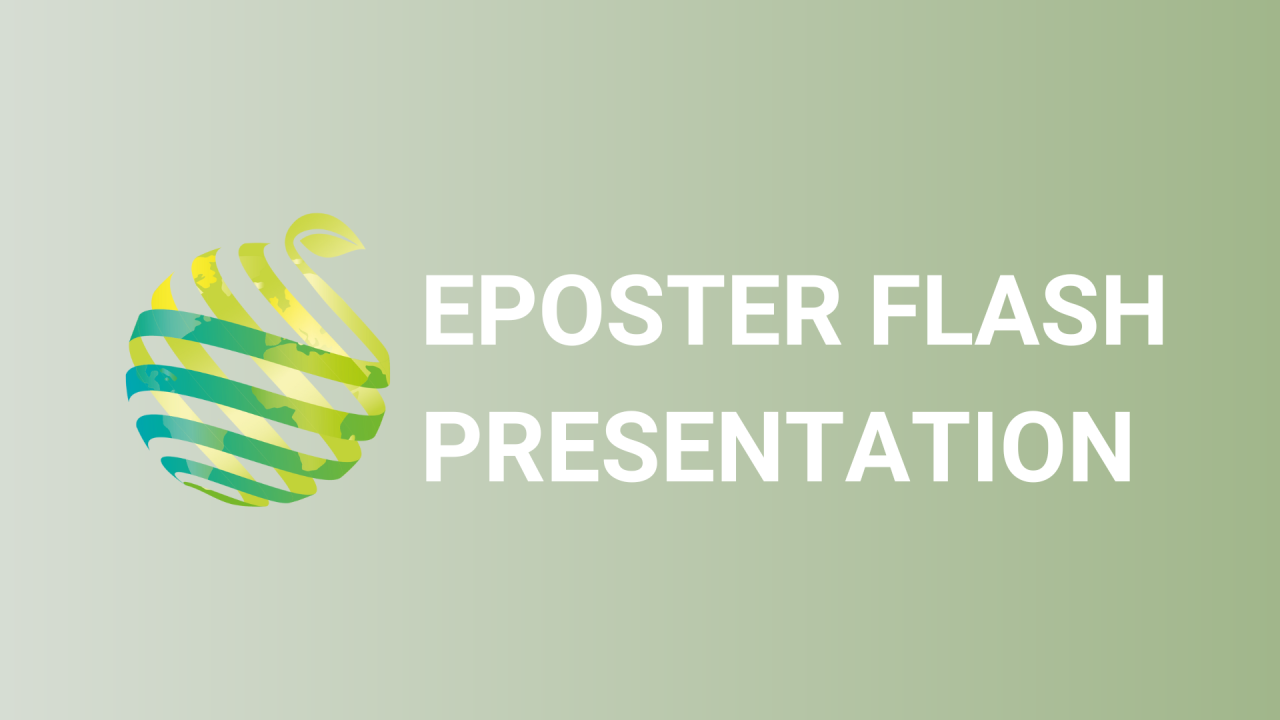

S08 - Session P5 - Quantitative analysis of growth, morphology, and photosynthetic activity of kale according to far-red fraction
Information
Authors: Jun Hyeun Kang *, Hyo In Yoon, Jaewoo Kim, Jung Eek Son
Far-red (700n800 nm, FR) radiation has been used to regulate phytochrome-mediated morphological responses in vertical farms. However, the physiological response of plants to the light intensity of FR were not fully understood. The objectives of this study were to quantitatively analyze the growth, photosynthetic responses, and light interception of kale ( Brassica oleracea L. var. acephala ) depending on FR fraction. The plants were grown at a PPFD of 240 umol m -2 s -1 under red and white LEDs with FR LED (peak at 730 nm) for 16 h. The FR fractions determined as FR/R+FR were: FR 0.07 (Control), FR 0.28 , FR 0.60 , and FR 0.72 . For evaluating the morphological and physiological responses in each FR fraction, the growth, leaf optical properties, chlorophyll content, chlorophyll fluorescence, and gas exchange parameters were measured. Light interception was quantitatively analyzed by using 3D scanned kale models with physiological changes and ray-tracing simulations. Morphological parameters, such as leaf area and total petiole length, and dry weight of shoot and root, were increased with increasing FR fraction. Despite the decreases in relative absorption and chlorophyll content of leaves, light interception in FR treatment was increased. Increasing the FR fraction decreased the effective quantum yield of PSII [Y(II)], parameter of JIP-test related to quantum yield and efficiency for electron transport in PSII (φ Eo, ψ Eo ), and photosystem performance indexes (PI abs , PI total ). Except for low PPFD, the photosynthetic light response curve showed no significant difference, but the photosynthetic rate increased according to the FR fraction. In conclusion, the increase in FR fraction not only significantly changed the growth and morphology except for photosynthetic efficiency, but also increased the photosynthetic rate. (This work was supported by MOTIE, 10052798).